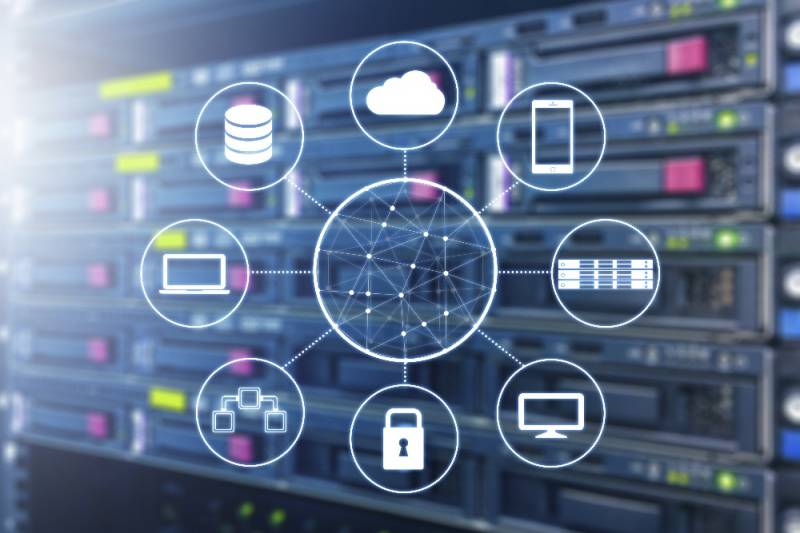What is a Core Network?
What is a core network?
In telecommunications, a core network – also called a backbone network – is a central conduit designed to transfer network traffic at high speeds. It focuses on optimizing the performance and reliability of long-distance and large-scale data communications. They connect Wide-Area Networks (WAN) and Local Area Networks (LAN) altogether.
While core networks provide a plethora of services, one of their key functions includes routing telephone calls across the Public Switched Telephone Network (PSTN). Usually, the term denotes the high-functioning communication facilities that interlink the primary nodes. Moreover, it provides routes to exchange information among different sub-networks. While the term ‘backbone’ is often used in enterprise network solutions rather than core networks, network service providers mostly use the term core network. Furthermore, in 4G Long-Term Evolution (LTE), core networks are known as Evolved Packet Core (EPC).

What makes up a Core Network?
A core network is a collection of network hardware, devices, and software that provides the fundamental services for a telecom organization’s needs. The devices and facilities used for it are generally switches and routers. The technologies used for the core network facilities primarily include data link and network layer technologies, such as IP, asynchronous transfer mode (ATM), internet protocol (IP), synchronous optical networking (SONET), and dense wavelength division multiplexing (DWDM).
Some features
Core networks usually offer the following features:
- Aggregation: The top degree of aggregation can be seen in a service provider network. Next in the hierarchy within the core nodes are the distribution networks, followed by the edge networks.
- Authentication: Determines whether the user demanding a service from a telecom network is permitted to complete the task within the network.
- Call Control or Switching: Determines the future span of a call depending on the processing of call signaling.
- Charging: Deals with the processing and collation of charging the data created by multiple network nodes.
- Service Invocation: It executes the service invocation task for its customers. Service invocation may occur in line with some precise activity (such as call forwarding) by the users or unconditionally (such as for call waiting).
- Gateways: Should be used in the core network for accessing other networks. The functionality of gateways depends on the kind of network to which it is connected.
The future of Core Networks
The economic framework of the current networking infrastructure puts service providers in a position where they are losing revenue to hyperscalers and internet companies leveraging OTT services and extracting key monetization tools from service providers.
Key emerging technologies like 5G, IoT, artificial intelligence, and machine learning (ML) are expected to push the need for low latency, edge computing, and distributed approaches from service providers. As a result, service providers will likely adopt virtualized networking solutions to maintain flexibility, scalability, and cost efficiency.
It is most likely that core networks will be a part of this evolution serving at the heart of every network.